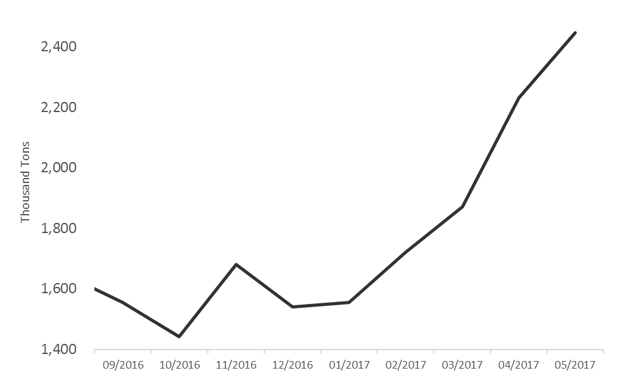We’re thrilled to share that more than 60 Oil & Gas executives attended our Annual Oil & Gas Executive Forum on June 22, for our best event yet.
The 2017 Executive Forum provided a platform for sharing and discussing new cost-cutting strategies

Each Executive Forum is designed to enable operators to exchange innovative approaches to cost reduction with one another. This year’s event featured:
- A keynote speech by the Vice President of Global Supply Chain at Hess Corporation
- Spotlight presentations on pressing Supply Chain concerns led by 7 industry leaders:
A New Mindset for a New Market. Former CEO of Maersk Oil Houston discussed the importance of cost control in Oil & Gas and provided a new perspective on the market
Cost Reduction in Practice. Director of Strategic Sourcing at DCP Operating Company, Sr. Commercial Manager at Motiva Enterprises, and Head of Procurement at Jonah Energy shared how supply market insight and data were used to decrease their operating costs
Cost Reduction Outside the Box. Vice President of E&P Services at WPX Energy and Head of Procurement at Statoil explained how rising costs were averted by their companies
Elevating Costs. Director of Supply Chain at Southwestern Energy spoke about the factors that drive business unit engagement and their effects on category management success
- Networking opportunities that brought together over 67 executives across 38 firms
A keynote speech on current economics of Oil & Gas and how to envision Supply Chains of the future

We want to extend our gratitude and appreciation to all who attended the Forum and shared their perspectives on the Oil & Gas market. If you would like more information about any of the presentation topics, please send us an email at costinsights@poweradvocate.com.




